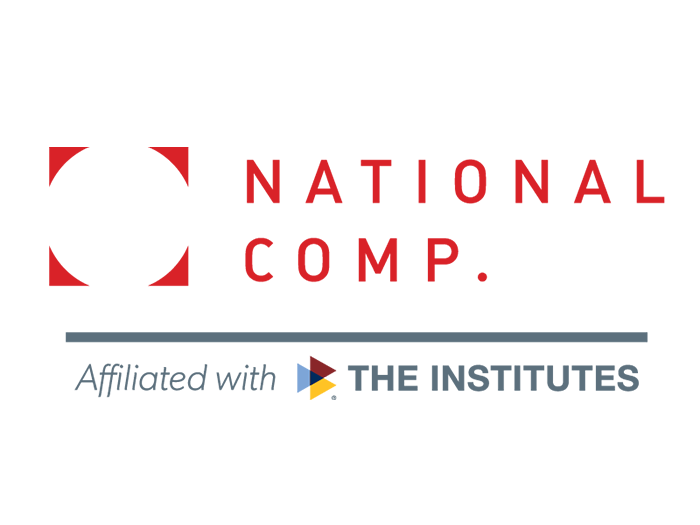U.S. Policy Emerges as Major Political Risk Driver for Global Businesses

Political risk has risen to become a top five enterprise risk management concern for 74% of global companies, according to a new Willis survey, with many citing recent severe losses from geopolitical events like the Russia-Ukraine conflict and concerns about U.S. trade policy under the Trump administration.
The focus of political risk has shifted dramatically in recent years, the survey found. While 2023 was considered “the year of Russia” as companies recognized losses from the Ukraine conflict, 2024 became “the year of the Middle East,” and 2025 is shaping up as “the year of the United States,” according to the survey report.
Nearly 60% of survey respondents expect the trade wars initiated by the Trump administration to negatively impact their finances—similar to the proportion affected by the Ukraine conflict in 2023.
“In the eight years since we began this research, companies’ political risk concerns have changed almost unrecognizably,” said Sam Wilkin, director of Political Risk Analytics at Willis. “In 2018, political risk was mostly a worry for highly exposed sectors investing in risky countries like Venezuela. Today, political risk concerns apply across sectors, involve a much higher level of potential loss, and are focused on United States policy.”
This shift toward U.S. policy as a risk driver isn’t entirely new, according to Willis. As far back as 2021, the United States appeared on the annual top 10 list of countries where companies experienced political risk losses. However, the 2025 risks are distinct, stemming largely from aggressive trade actions that threaten to impact trillions in global trade, the report noted.
Beyond U.S. policy, top ERM concerns included “regulated sector sprawl”—the tendency for more industries to become highly regulated—as well as geopolitical tensions between the U.S. and its allies, lockout from strategic markets, Middle East turmoil, U.S.-China trade wars, China’s changing business environment, and cyber attacks.
In previous years, one or two risks tended to dominate, but in 2025 there was no standout risk, Willis noted.
The Reality of Political Risk Losses
The primary reason political risk now dominates corporate risk registers is simple: companies have recently experienced severe losses. In 2023, nearly one in five respondents reported “material” political risk losses—sufficient to cause earnings restatements—related to the Ukraine conflict, according to Willis.
Recovery from these losses remains challenging. Only about one-third of respondents reported any success with loss recovery. Of those, the largest proportion succeeded through direct negotiation with host governments. Political risk insurance was the second most successful recovery method, with 27% reporting they recovered some or all losses using this coverage.
Gray zone aggression—measures short of war used to pressure other states—continues to threaten businesses, the survey found. Economic retaliation tops the list of concerns, followed by cyber attacks and infrastructure threats. Attacks on shipping ranked fourth, reflecting ongoing disruptions in critical maritime routes.
Strategic Approaches to Mitigation
Companies are deploying various strategies to manage political risk, according to Willis. Diversification emerged as the most popular approach.
“We have diversified our supply chains and increased localization in all markets,” explained an automotive executive. “We’ve had several rounds of internal projects, for instance to revise our China strategy, and done intensive scenario planning to identify risks and figure out how to mitigate them.”
However, the effectiveness of diversification may diminish in a less globalized world with increasing “friendshoring” pressures. Some companies remain committed to their global footprint despite these challenges. “We’re not thinking of withdrawing from anywhere unless it’s required by law,” stated a U.S.-based food and beverage executive.
Other popular approaches include implementing a “three lines of defense” model (operational management, risk management, and internal audit functions), increasing resilience, and developing local partnerships. Supply chain resilience has become particularly critical.
The proportion of companies proactively monitoring geopolitical issues has increased dramatically, from about 60% in 2021 to nearly 90% in 2025.
“We’re the only company among our peers to have a geopolitical analysis team, even though in my view it’s basically self-destructive not to have one,” noted a European financial sector executive.
View the full report here. &










